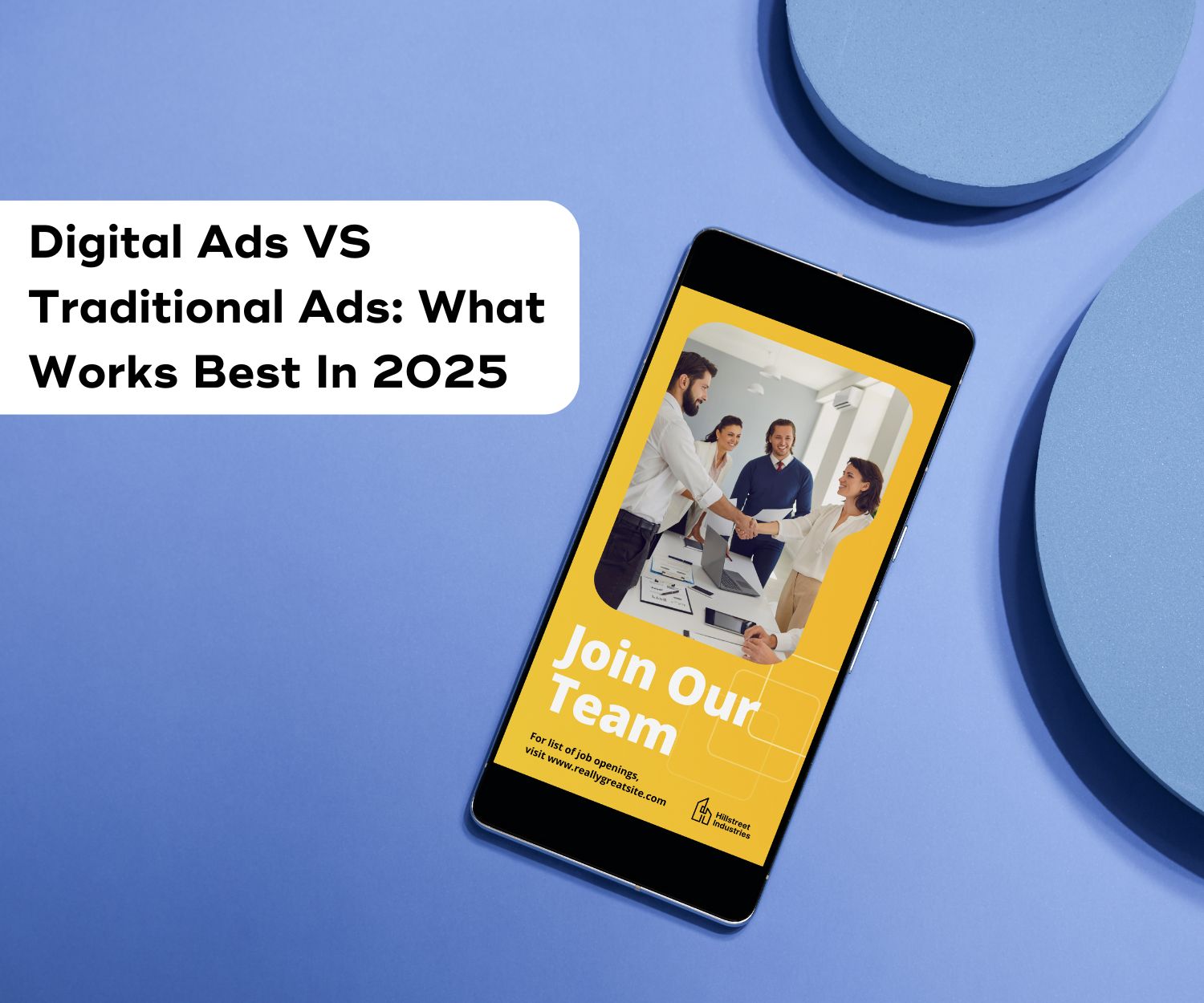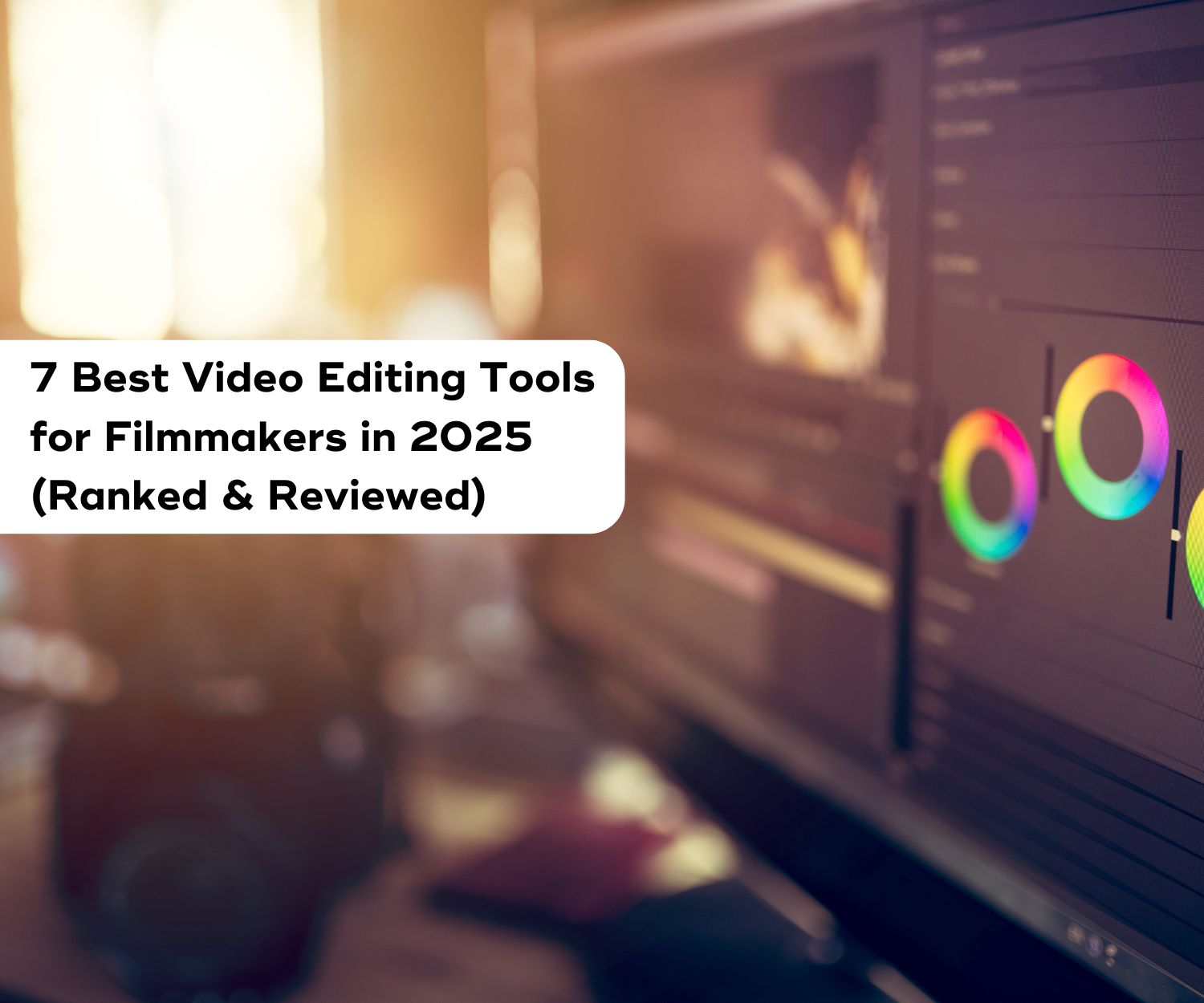How To Choose The Best Camera For Video Production ( Beginners Guide)
Staring at spec sheets for hours won’t help. You don’t need a wall of buttons, endless log profiles, or a film school background to shoot great-looking video. What you do need is a camera that fits your budget, matches your skill level, and doesn’t feel like it needs its own IT department to set up.
This guide gets straight to the point. You’ll learn how to choose the best camera for video production without drowning in jargon. We’ll break down DSLR vs mirrorless, 4K cameras for beginners, budget-friendly picks, and how to decide what matters before spending a dime. Let’s make this simple.
What Makes a Camera “Good” for Video?
A good video camera isn’t about how expensive it looks—it’s about how it works with you. So, what actually matters?
Resolution + Frame Rate
Shooting in 4K gives you sharp, future-proof footage—and more room to crop or zoom in editing. But don’t stop there. Check frame rates too. 4K at 60fps? That’s gold for smooth motion. 1080p at 120fps? Great for slow-mo.
Sensor Size
This one’s big. A larger sensor (like Full Frame) gives better depth, low-light performance, and cinematic vibes. APS-C is a solid middle ground. Micro Four Thirds (MFT)? Smaller, but great for portability.
Autofocus That Just Works
No one wants their camera to keep focus-hunting during a scene. Look for cameras with reliable, fast, and accurate autofocus—especially face and eye tracking. It’s a must if you’re filming yourself.
Features That Save You Time (and Sanity)
- Flip-out screens = no more guessing your framing
- Audio inputs = better sound without external recorders
- In-body stabilization (IBIS) = smoother footage without a gimbal
Pro tip: You don’t need everything. You just need the right combination for what you’re creating.
DSLR vs Mirrorless for Video
DSLR and mirrorless cameras both shoot great video. But if you’re buying in 2025, here’s the real talk:
At a Glance:
- Size & Weight: Mirrorless wins. Lighter, sleeker, easier to carry.
- Battery Life: DSLR often lasts longer per charge.
- Lens Options: Both offer plenty, but mirrorless lenses are catching up fast.
- Viewfinder: DSLRs use optical, mirrorless use digital (but EVFs are now incredibly good).
Autofocus Face-Off
Mirrorless cameras now dominate autofocus. Eye-tracking, real-time subject lock, and less hunting. DSLRs? Still usable, but slower and often unreliable in live view/video mode.
Verdict
Unless you’re getting a DSLR for dirt cheap, mirrorless is the smarter long-term bet. The tech, the lenses, the autofocus—it’s just ahead.
Example:
Compare the Canon EOS Rebel T7 (DSLR) vs the Sony ZV-E10 (mirrorless):
The ZV-E10 has better autofocus, 4K video, a flip screen, and more creator-friendly features. The T7? Feels outdated, even with good glass.
Best Camera Features for Beginners
Don’t let specs fool you. These are the things that make life so much easier as a beginner.
Flip-out Screen
If you’re filming yourself, this is non-negotiable. Frame your shots, adjust focus, and make sure you’re not cutting your forehead off—without needing a second person.
In-Body Stabilization (IBIS)
Handheld footage? Walking shots? IBIS smooths out shakes and makes your video instantly more polished. Pair with a stabilized lens for extra help.
Menus That Make Sense
Skip the 600-button nightmare. Look for cameras with clean, easy-to-follow menus and touchscreen controls. You’ll spend more time filming and less time Googling what random settings actually do.
Built-In Audio or Mic Input
Built-in mics are usually average—but not useless. Still, a 3.5mm mic input lets you plug in an external mic for way better audio. Huge win for YouTubers and filmmakers.
“User Friendly” Picks:
- Canon M50 Mark II – Simple interface, flip screen, great color
- Sony ZV-E10 – Designed for creators
- Panasonic GH5 II – More pro, but still learnable
Best Budget Cameras Worth Your Money
Need something affordable? These deliver real value:- Sony ZV-E10 — $700-ish Beginner-friendly, great autofocus, ideal for YouTube and vlogs.
- Panasonic LUMIX GH5 II — $1200-ish Used by indipedent filmmakers. 4K60, stabilization, pro features.
- Canon EOS M50 Mark II — $600-ish A solid intro to mirrorless video. Good color, flip screen.
- GoPro Hero13 — $350–400 Waterproof, ultra-portable, and surprisingly sharp for action shots.
Best 4K Cameras for Beginners
Even if you’re uploading in 1080p, shooting in real 4K gives you editing flexibility and cleaner visuals.
But not all 4K is created equal. Some cameras crop the image, skip frames, or lack detail.
Here’s what delivers:
- Sony α6700 – APS-C sensor, full 4K at 60fps, top-tier autofocus. Great balance of price and pro features.
- Panasonic S5 II – Full-frame 4K, pro-level stabilization, and internal 10-bit recording. It’s future-proof, even as your skills level up.
- DJI Osmo Pocket 3 – It’s tiny, but records 4K120 with a built-in gimbal. Perfect for travel and solo creators.
Don’t get fooled by “4K” slapped on the box. Read the fine print. You want real quality, not just buzzwords.
Cameras for Vlogging or YouTube? Start Here
If you’re filming solo, talking to the camera, or constantly on the move—this is your section.
Features Creators Love
- Flip screens to see yourself
- Reliable autofocus that locks onto faces
- Compact size so it’s not a burden
- Mic input or solid built-in audio
Top Picks
- Sony ZV-1 II – Literally built for vlogging. Fast autofocus, bokeh button, great colors, compact.
- Canon M50 Mark II – Still a favorite for YouTubers. Easy to use, flip-out screen, decent 4K (with a slight crop).
Both hit the mark for “best vlogging camera for beginners” and “best camera for YouTube videos.” You can grow with them or use them as daily workhorses.
Making Video Production Easier with Pustak Films
You’ve made it through sensor sizes, stabilization myths, and the DSLR vs mirrorless showdown — now you’re no longer guessing. You know what makes a good video camera and how to pick the one that works for you. Here’s a quick recap before you click “add to cart”:
- Tight budget? → ZV-E10 or Canon M50 II
- Need true 4K and future-proofing? → Sony α6700 or Panasonic GH5 II
- Solo vlogger or creator on the go? → DJI Osmo Pocket 3
- Absolute beginner? → Look for a flip screen, autofocus, and a mic input — that’s your holy trinity
Don’t overthink. Buy what helps you create — not what looks good in someone else’s unboxing video.
And if you’re done choosing gear and ready to shoot something that actually tells a story, that’s where Pustak Films comes in. We don’t just point and shoot — we bring cinematic storytelling, brand clarity, and production polish to life. Whether you’ve got a vision or just an idea sketched on paper, our team helps turn that into high-quality video that actually moves people.


